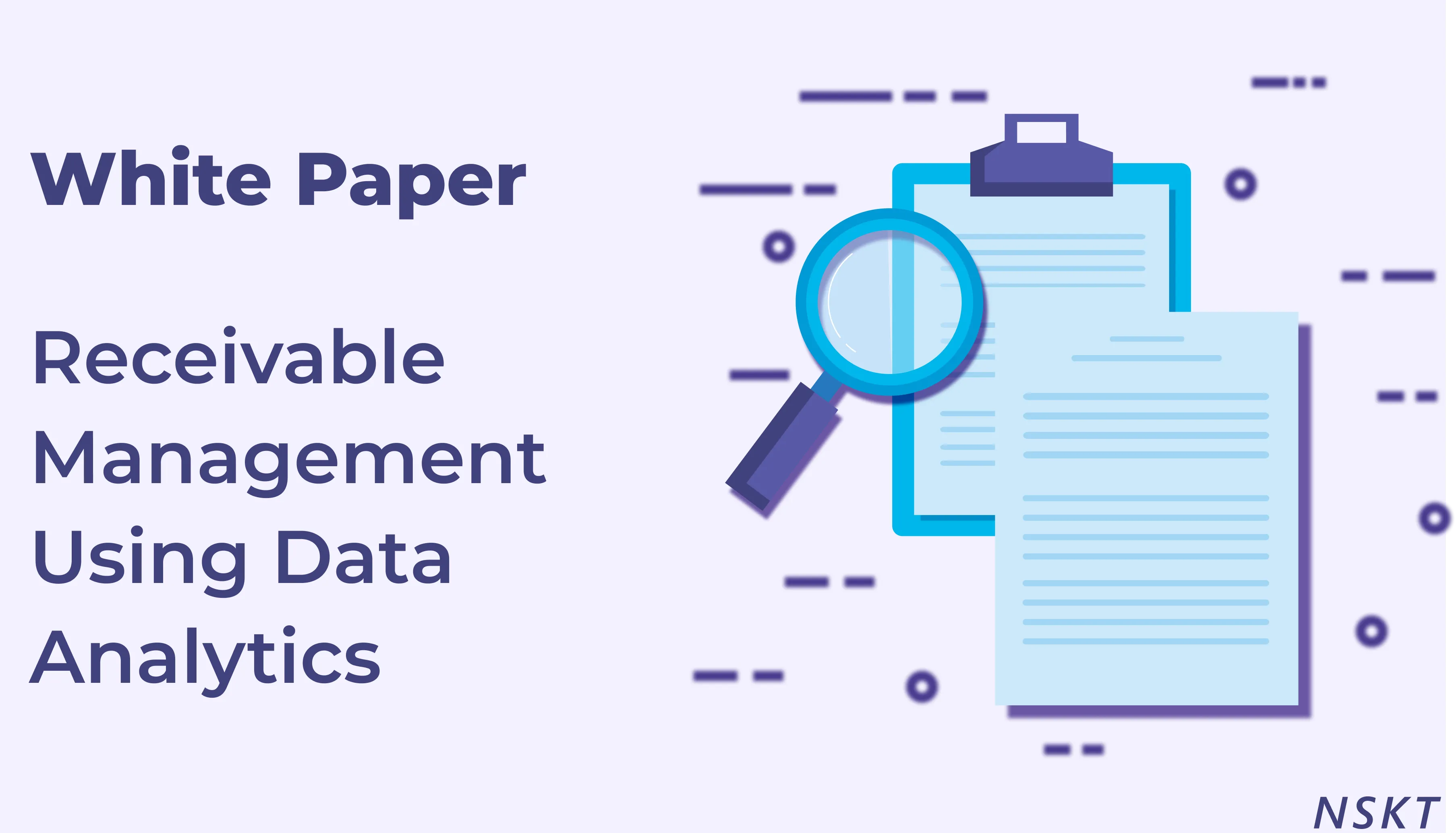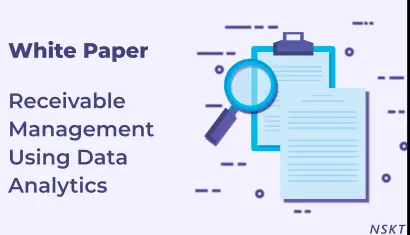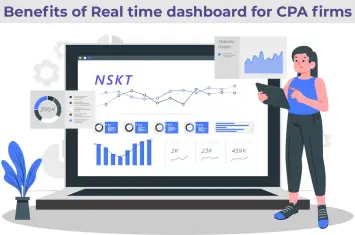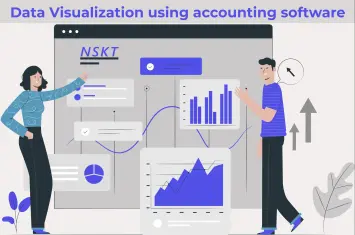Table of Contents
As today's business environment is defined, a huge number of enterprises seek credit to carry out their companies in order to grow working capital and revenue portions. Firms must ensure that their account receivables are protected by monitoring and managing credit transactions on a regular basis.
Firms exhaust all of their resources generated by account receivables in order to generate credit. A proper balance must be struck between the risk taken and the situation that may result in non-payment or associated risk. As a result, good AR, or account receivable management system, is critical.
Traditional receivables management had given rise to assumption of minimum write off that is invariable while collecting dues. This notion gave rise to an ad-hoc accounting of losses, thereby falsifying the true picture of receivables due.
Emergence of data analytics in finance has led to the decline of these ad-hoc losses in collection. The real time information about credit rating of customers provided through reporting systems that reside within the organisation have streamlined the process of computation and collection of such debts. This in turn has provided businesses to be in better negotiable positions when dealing with customers.







